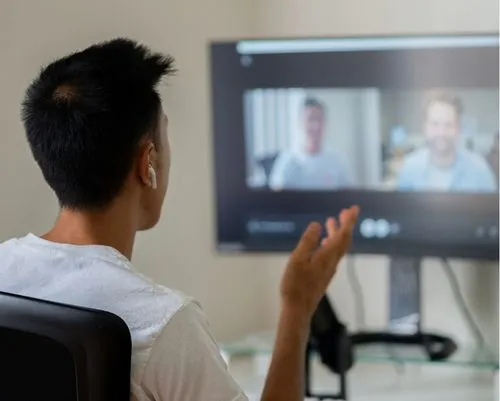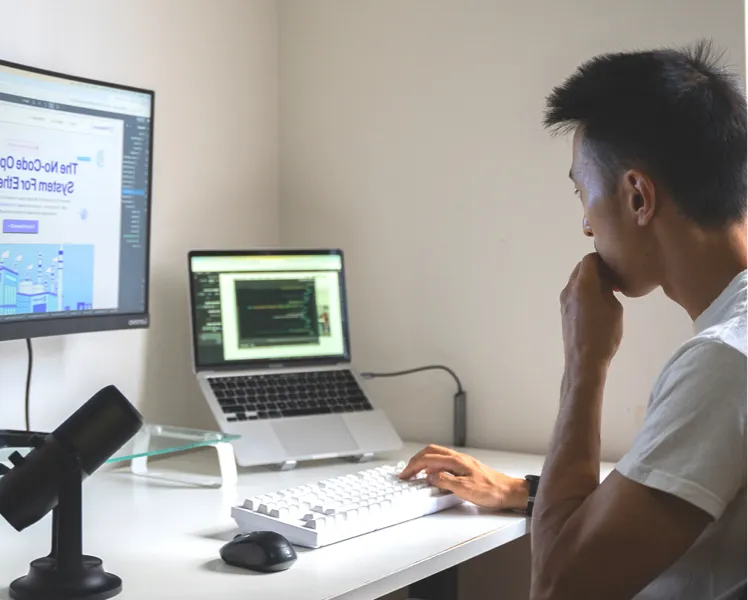How to Create a Background Parallax Effect in Webflow (No Code)
Creating a background parallax effect in Webflow is one of the easiest ways to add depth and visual interest to your site — and the best part? You don’t need any code. By simply setting your background image to “Fixed,” you can achieve a smooth parallax look that moves naturally as the user scrolls.
What Is a Parallax Background?
A parallax effect is when your background image stays still while the foreground content scrolls over it. This subtle illusion of depth gives your site a modern, interactive feel without affecting load times or accessibility. It’s great for hero sections, full-screen banners, or any place you want to draw attention.
Step-by-Step: Create a Parallax Background in Webflow
- Add a Section
- Drag a Section element into your page.
- Give it a fixed height (for example,
100vh or 600px).
- Set the Background Image
- With the section selected, go to the Style panel → Backgrounds.
- Click the image icon and upload your background photo.
- Set the Tiling option to None so the image doesn’t repeat.
- Set Position to Center Center and Size to Cover.
- Enable the Parallax Effect
- Under Background Attachment, change the setting to Fixed.
- This makes the background image stay still while everything else scrolls.
- Add Foreground Content
- Inside the same section, add a heading, text, or button.
- Adjust padding and contrast so your content is readable over the image.
- Preview Your Page
- Scroll through your site — you’ll see your background stay fixed as the page moves.
- That’s your built-in parallax effect, done entirely in the Webflow Designer.
Tips for Better Results
- Use high-quality, optimized images: A large hero image (around 2000 px wide) works best. Compress it first to improve performance.
- Add a dark overlay: To improve text visibility, use a gradient or semi-transparent black overlay.
- Try multiple sections: Stack two or more parallax sections between content blocks for a smooth scrolling experience.
- Test on mobile: The fixed background effect may not appear on mobile Safari due to browser limitations. If needed, replace it with a static image for smaller screens.
Why It Works So Well
Webflow handles the heavy lifting — the CSS background-attachment: fixed; property creates the illusion of depth without requiring JavaScript or scroll interactions. It’s fast, native, and perfect for lightweight landing pages or storytelling sections.
Have Any Further Questions?
I'm Always Down To Help.
Contact Me
How did you find this tutorial?
Stay updated with my Newsletter!


